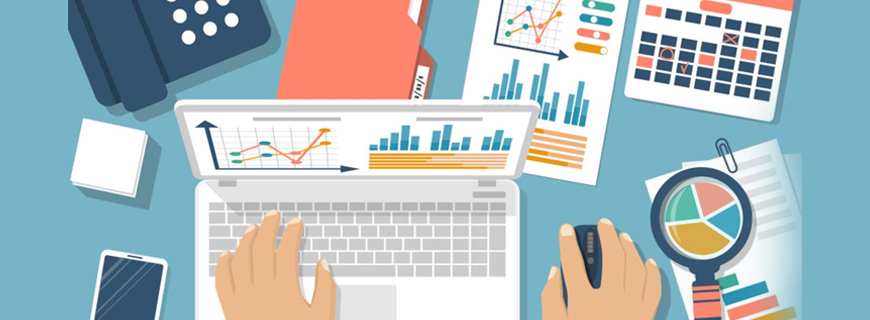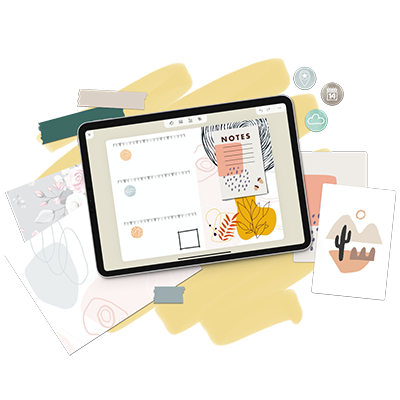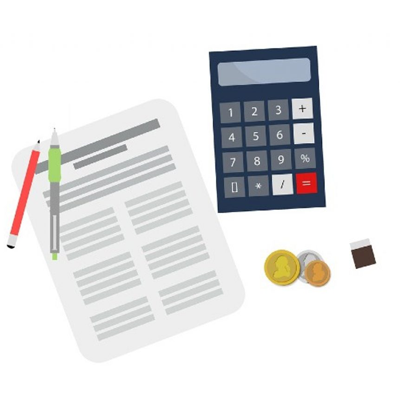
Understanding Accounting Jargon & Technical Language (Part 2)
Knowledge is like money: the more he gets the more he craves.
– Josh Billings
In this unit, we will finish up with the basic accounting terms that are bound to impress at the next corporate fundraiser for the IRS. I know what you’re thinking. There is no such thing as a corporate fundraiser for the IRS because the only funds the IRS will be raising are those out of our wallets. Below are the next few terms you will need to know!
Accounts Receivable
This type of record is used to keep track of money that is owed to a business. Such money can come from extending credit to a customer who purchases the businesses products or services. The best way to keep track of these figures is to set up a separate accounts receivable record for each customer.


Accounts Payable
This type of record is used to keep track of debts owed by a business to creditors for purchased goods or services. Though the business will likely be billed regularly by its creditors for the balance on the account, having its own records will allow the business to be aware of their financial standing with the creditors at any given time.
Depreciation
Involves both the decline in value of assets, usually due to unfavorable market conditions as well as the allocation of the costs of tangible assets over their useful lifetime to the periods in which the assets are actually used. The decline in value will have an effect on the value of business and entities while the allocation of cost effects net income.


General Ledger
In double-entry accounting, these are forms used for the accounts on separate sheets, in a book or binder and are called the general ledger. This is considered to be a permanent, classified record for each business account.
Interest
Interest is a sort of compensation to a lender for taking a risk of principal loss when money or another asset is loaned. When money is borrowed the, borrower usually pays a percentage of the total amount owed also known as the principal, as a fee, along with a certain amount of the original balance for each billing period. It is a sum amount charged for borrowing.


Inventory
Inventory can be described as either a list of goods and materials or the goods and materials themselves. It is considered an asset and usually refers to materials held in stock by a business. Inventory is one of the most important assets that a business possesses because they are ready or will be ready to be sold thus; inventory is often a primary source for revenue.
Journals
A journal is used to record the financial transactions made by a business. Whether the transactions are credits or debits, they should be input into a journal at the time and date which they occur. These recordings can then be used for future reference and reconciling and can be transferred to other official records such as the general ledger. All journal entries should include the transaction date, type, and amount.


Payroll
Payroll can refer to either the total sum in compensation that a business owes to its employees for a set period of time, or the actual list of employees the business must pay along with the amount owed. It is usually a major expense for businesses but will likely differ from time to time depending on the business’ need of its employees at the time, amongst other things.
Trial Balance
A worksheet usually prepared at the end of each recording period. The balances of all ledgers are recorded into two columns labeled “debits” and “credits”. This worksheet helps to ensure that all numerical data entered into the business’ bookkeeping system is correct. If the total debits are in fact equal to the total credits, the trial balance is balanced. This worksheet method is also referred to as a T-Account due to the shape the data takes on with the two column format.

Lesson Two: Review
You should now be familiar with a few accounting documents most often used for businesses as well as terms that can define the health of a business.
Remember:
Accounts receivable are those records that keep track of money owed to a business or money received.
Accounts payable involves records which keep track of money owed by the business or money paid.
Depreciation most often refers to the decline in value of assets but may also refer to the allocation of the costs of tangible assets over their useful lifetime.
The general ledger is used to keep permanent, classified record of business accounts.
Interest is a form of compensation owed to a lender from the borrower for allowing them to borrow.
Inventory can be either a list of goods and materials of a business or the goods and materials themselves.
A journal is used to record the financial transactions made by a business, whether they are credits or debits.
Payroll can be either the total sum in pay a business owes to its employees of the actual list of employees the business shall pay.
And finally, a trial balance is used to record the balance of all ledgers, usually in the format of two columns labeled “debits” and “credits”, known as the T-Account format.





